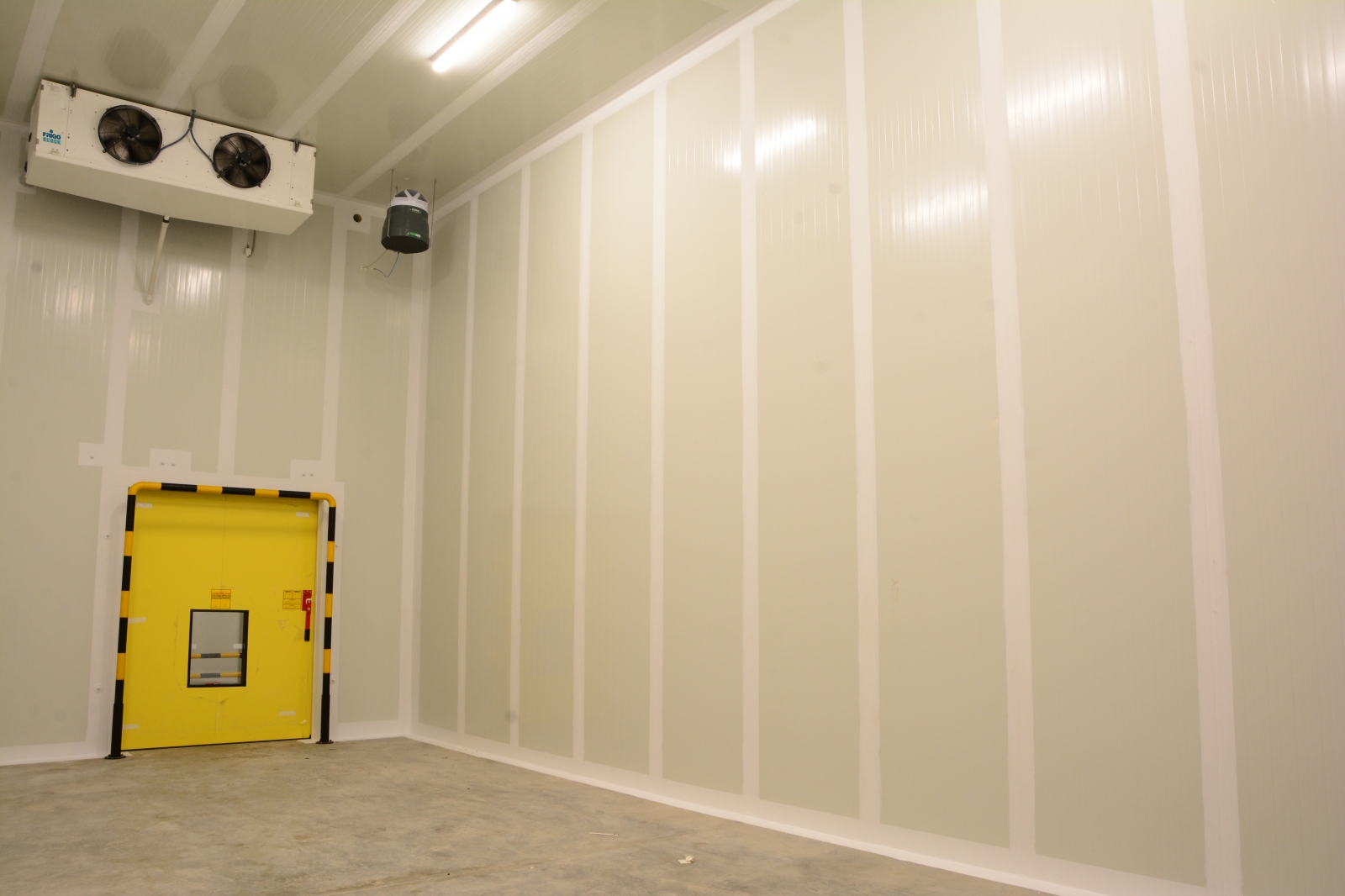
Controlled Atmosphere
Cold Storage Systems
The post-harvest lifespan of fruits and vegetables can be extended through controlled atmosphere cold storage.
Controlled atmosphere storage systems optimize temperature, humidity, and oxygen levels to slow down the ripening of products, prevent spoilage, and extend shelf life. These systems minimize product loss while increasing efficiency, providing cost advantages to businesses.
Controlled atmosphere cold storage, also known as air conditioned storehouse, is a method of fruit and vegetable preservation. In the appropriate low temperature conditions, controlled atmosphere storage creates the best storage conditions for fruits and vegetables by adjusting the gas composition and relative humidity, carbon dioxide concentration, oxygen concentration and ethylene concentration of the storage environment. The effect of controlled atmosphere storage lies in the following aspects: low oxygen storage (the general oxygen content is l % -5%) and the appropriate concentration of carbon dioxide effectively inhibit the respiration of the fruits and vegetables, reducing the loss of nutrients. The low oxygen and proper carbon dioxide concentration also inhibits the breeding of pathogens to prevent the occurrence of certain diseases. The controlled atmosphere storage also increases the relative humidity in the storage environment to reduce the transpiration of fruits and vegetables, achieving long-term preservation. Compared with ordinary cold storages, controlled atmosphere storage usually extends the fruits and vegetables storage period by 0.5-1 times. After being taken out of the controlled atmosphere storage, fruits and vegetables maintain a "lag effect" or dormant period for an extended length of time. The shelf time of the fruits and vegetables can be extended 21 to 28 days, and it is 3 to 4 times as long as ordinary cold storage.
Why Choose Our Cooling Systems?
- Food Safety: Rapid cooling prevents bacterial growth and ensures products remain safe for consumption.
- Product Quality: Maintains freshness, flavor, texture, and nutritional value of frozen goods.
- Extended Shelf Life: Slows spoilage, extends distribution timelines, and adds flexibility in the supply chain.
- Energy Efficiency: Optimized systems reduce operational costs and minimize energy waste.
- Sustainability: Environmentally friendly solutions that reduce carbon footprint.
- Hygienic Storage: Ensures contamination-free environments that comply with global food safety standards.
- Operational Efficiency: Accelerates processing, reduces losses, and improves cost control.
Applications of Frozen Food Cooling Systems
- Blast Freezing Tunnels – for rapid freezing of products.
- Refrigeration Systems for IQF & Spiral Freezers – maintain product separation and efficiency.
- Plate Freezers (Horizontal & Vertical) – compact and effective freezing for packaged items.
- Frozen Storage Rooms – customizable designs, including high-ceiling options.
- Pre-Cooling Rooms – ideal for temperature reduction before freezing.
- Processing Hall Cooling – with textile air socks for uniform air distribution.
- Refrigeration for Production Machines & Preparation Tanks.
- Central Cooling Systems – high energy efficiency with precise control.
- Hygienic Evaporator Designs – fully HACCP compliant.
- Cooling Machine Rooms – built to EN (European Norms) standards.
- Evaporative Condensers – high efficiency, low energy consumption.
- Remote Control & Monitoring – through PLC/SCADA systems for reliability and ease of operation.
Commitment to Sustainability
At Albassem, we don’t just provide cooling systems—we create future-proof solutions. By integrating green technologies, energy-saving designs, and advanced monitoring systems, we help our clients achieve:
- Lower operational costs
- Reduced carbon emissions
- Compliance with global environmental standards
Our Gallery




